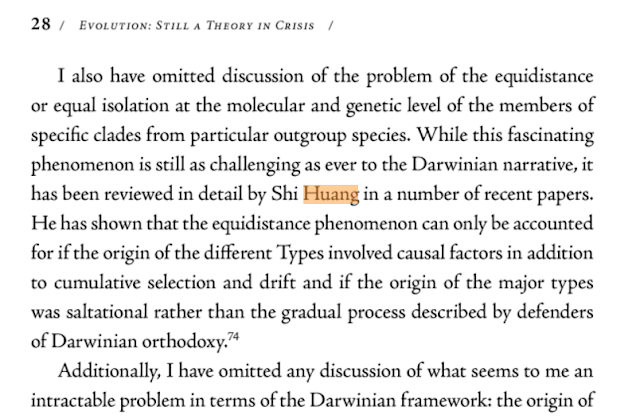I am studying Indo-European and Tocharin origins these days and found the following talks very helpful.
Pay attention to the 2nd talk by Mallory, archaeologist and authority on Indo-European languages. He said at the very beginning of his talk that he has total distrust of genetic work on ancient DNAs. He gave an example at the discussion part that Hungarians 1000 years ago were genetically very different from Hungarians today, which is totally nonsensical. Only we can make him and other archaeologists and paleontologists happy.
http://www.ncbi.nlm.nih.gov/pubmed/17632797
here is the work on Hungarian DNA that I believe he was talking about.
Am J Phys Anthropol. 2007 Nov;134(3):354-68.
Comparison of maternal lineage and biogeographic analyses of ancient and modern Hungarian populations.
Tömöry G1, Csányi B, Bogácsi-Szabó E, Kalmár T, Czibula A, Csosz A, Priskin K, Mende B, Langó P, Downes CS, Raskó I.
Author information
Abstract
The Hungarian language belongs to the Finno-Ugric branch of the Uralic family, but Hungarian speakers have been living in Central Europe for more than 1000 years, surrounded by speakers of unrelated Indo-European languages. In order to study the continuity in maternal lineage between ancient and modern Hungarian populations, polymorphisms in the HVSI and protein coding regions of mitochondrial DNA sequences of 27 ancient samples (10th-11th centuries), 101 modern Hungarian, and 76 modern Hungarian-speaking Sekler samples from Transylvania were analyzed. The data were compared with sequences derived from 57 European and Asian populations, including Finno-Ugric populations, and statistical analyses were performed to investigate their genetic relationships. Only 2 of 27 ancient Hungarian samples are unambiguously Asian: the rest belong to one of the western Eurasian haplogroups, but some Asian affinities, and the genetic effect of populations who came into contact with ancient Hungarians during their migrations are seen. Strong differences appear when the ancient Hungarian samples are analyzed according to apparent social status, as judged by grave goods. Commoners show a predominance of mtDNA haplotypes and haplogroups (H, R, T), common in west Eurasia, while high-status individuals, presumably conquering Hungarians, show a more heterogeneous haplogroup distribution, with haplogroups (N1a, X) which are present at very low frequencies in modern worldwide populations and are absent in recent Hungarian and Sekler populations. Modern Hungarian-speaking populations seem to be specifically European. Our findings demonstrate that significant genetic differences exist between the ancient and recent Hungarian-speaking populations, and no genetic continuity is seen.







